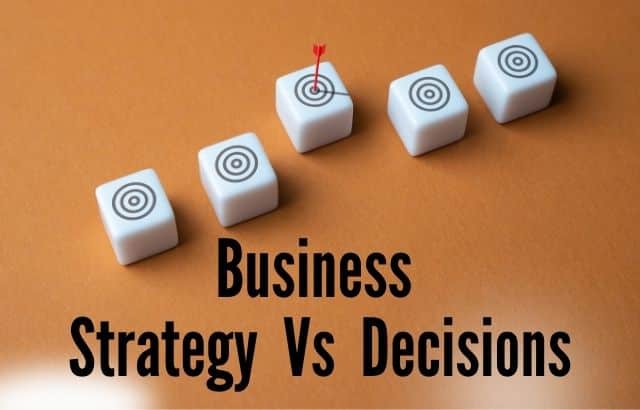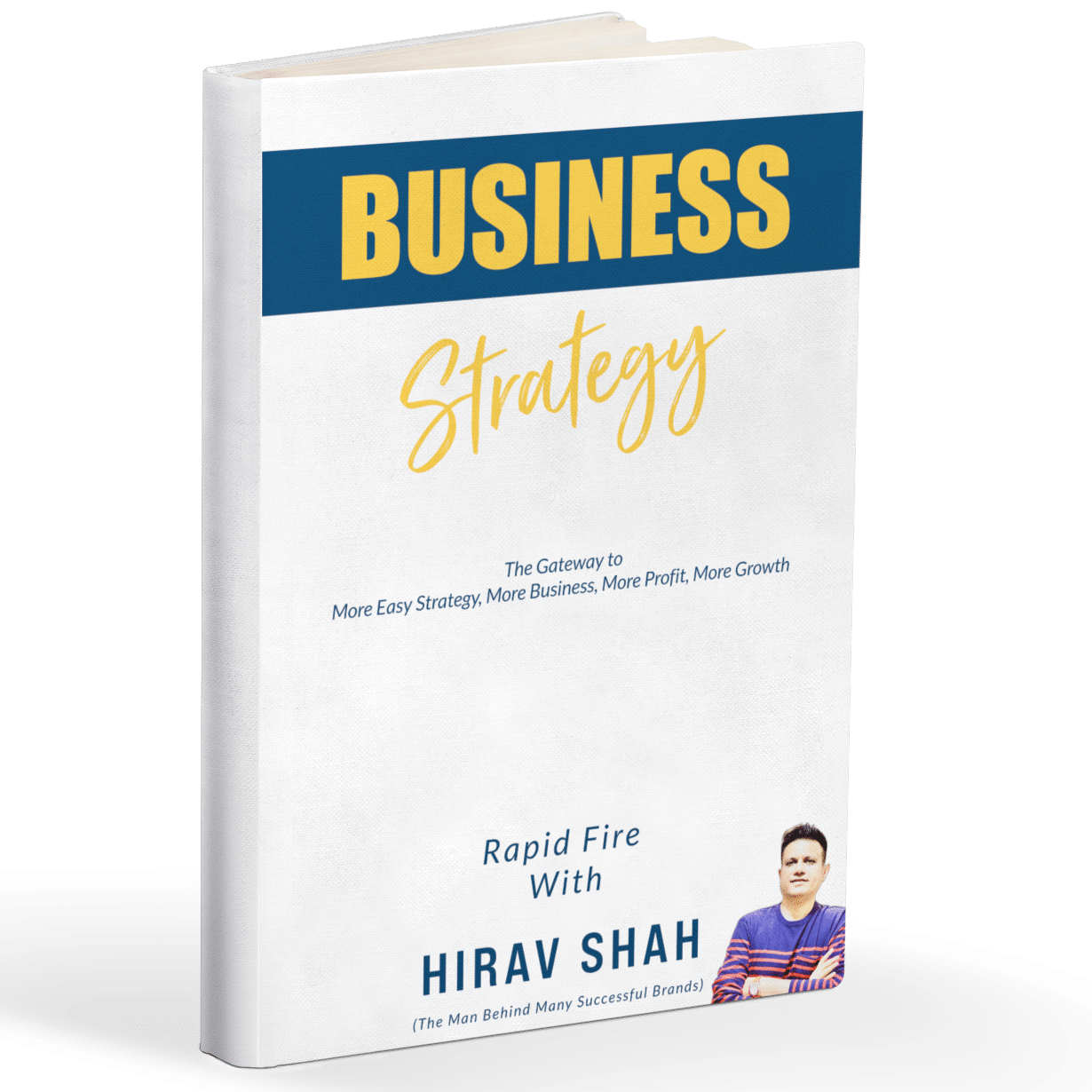In the corporate world, professionals face a broad spectrum of challenges and decisions that can impact their careers and the success of their organizations. These difficulties span from managing personal well-being to making high-stakes business choices. Here’s a look at some common areas professionals encounter and examples of how decision-making plays a critical role in overcoming these challenges.
Table of Contents
Professional Difficulties
Work-Life Balance
Professionals often struggle to balance the demands of their work with their personal responsibilities. This can lead to stress, burnout, and a decrease in productivity.
Example: A senior manager constantly working long hours struggles to spend quality time with family. The challenge here is managing time effectively, which can impact both personal life and work performance.
Conflict Resolution
Workplace conflicts, whether with team members, colleagues, or superiors, are inevitable. Handling them requires tact, diplomacy, and effective communication.
Example: Two team members are in constant disagreement over the direction of a project. A manager must mediate the situation, fostering open communication and finding a compromise that satisfies all parties.
Burnout
With increasing workloads, the risk of burnout is high. Professionals need to find ways to manage stress and avoid physical and mental exhaustion.
Example: A marketing director is overwhelmed by deadlines. To prevent burnout, they may delegate tasks, prioritize work, and incorporate breaks into their routine.
Career Advancement
Navigating career growth often involves overcoming obstacles like limited opportunities or unclear promotion pathways.
Example: A mid-level manager seeks to move into an executive position but is unsure how to demonstrate leadership capabilities. They may seek mentoring or further education to build skills required for advancement.
Lack of Recognition
Feeling undervalued or unappreciated can lead to frustration and demotivation. Addressing this requires transparent communication and feedback.
Example: An employee has been consistently exceeding expectations, yet receives no acknowledgment from leadership. Seeking feedback and documenting contributions can help secure recognition.
Corporate Decision-Making Challenges – Decision-Making in Corporate
Corporate Decision-Making Challenges – Strategic Planning
One of the most important aspects of corporate decision-making is creating a strategic plan that aligns with long-term business goals. This decision-making involves choosing which markets to target, how to differentiate from competitors, and how to allocate resources for growth.
Example: A tech company is considering whether to enter the healthcare sector. After extensive market research, the strategy includes partnerships with healthcare providers, focusing on innovative solutions for patient care.
Strategy Tip: Regularly reassess the strategy based on market shifts or emerging opportunities. For instance, Amazon’s strategic decision to diversify into cloud computing with AWS transformed the company’s future.
Corporate Decision-Making Challenges – Financial Decision-Making
Financial decisions can affect the stability of the business. From budgeting to investment decisions, leaders must prioritize effective financial planning and risk mitigation.
Example: A retail company needs to decide whether to invest in an online platform. Financial modeling shows that while the initial cost is high, the long-term return on investment could yield substantial profits, especially post-COVID.
Strategy Tip: Use financial modeling and forecasting to project future earnings, costs, and profits. For instance, Netflix’s investment in original content allowed it to diversify revenue streams beyond subscriptions.
Mergers and Acquisitions (M&A)
M&As are complex decisions requiring careful evaluation of risks, synergies, and cultural alignment. A failure in M&A can lead to integration problems and financial losses.
Example: A multinational company acquires a smaller competitor to expand its product range. The decision must involve a deep dive into the financial health, company culture, and potential growth synergies of the target company.
Strategy Tip: Conduct thorough due diligence to assess compatibility, both operationally and culturally. Hirav Shah, a well-known strategist, often advises on the importance of synergy alignment in M&As.
Market Entry
Expanding into new markets requires understanding regional demands, legal constraints, and the competitive landscape.
Example: A European apparel brand is considering entering the U.S. market. Through market research, they identify key differences in consumer preferences, prompting a product modification for local appeal.
Strategy Tip: Conduct robust market research to understand local consumer behavior, as seen with companies like Starbucks, which adapted its menu to local tastes across global markets.
Talent Management
Decisions around recruitment, employee development, and promotions are crucial to building a strong team. An effective talent management strategy ensures that the right people are in the right roles.
Example: A technology firm faces a shortage of skilled software developers. They invest in a talent acquisition strategy, tapping into universities and offering competitive salaries and career development opportunities.
Strategy Tip: Develop a pipeline of talent through partnerships with educational institutions, as many successful companies have done.
Risk Management
Managing risk is an ongoing challenge in corporate decision-making. Businesses must assess and mitigate various risks such as financial, operational, and reputational threats.
Example: A financial institution faces a data security risk. They decide to invest in cutting-edge cybersecurity measures to safeguard client data and avoid potential lawsuits.
Strategy Tip: Proactively identify risks and create a contingency plan. As seen with BP’s post-Deepwater Horizon disaster, a failure to manage risks effectively can harm a company’s reputation and finances.
Conclusion
Corporate decision-making is complex, and the challenges faced in this realm require a thoughtful, data-driven approach. Successful leaders adapt to changing environments, embrace innovation, and continuously learn from both successes and failures.
The ability to make well-informed decisions is a key skill for leaders who wish to drive their organizations forward. Whether it’s through effective strategic planning, risk management, or talent development, the decisions made today will shape the success of tomorrow.
FAQs
- What is the role of a corporate strategist?
A corporate strategist helps guide an organization through complex decision-making processes by analyzing markets, trends, and internal capabilities. They create actionable plans for long-term success. - How can I improve my decision-making skills at work?
Regularly assess data, seek feedback from others, and understand the broader implications of your decisions. Mentorship and experience are also critical to refining decision-making skills. - What is the importance of strategic planning in corporate decision-making?
Strategic planning aligns the company’s goals with its resources and market opportunities. It’s a critical framework that helps leaders make decisions that foster long-term growth. - How do I assess whether an acquisition is a good decision?
Thorough due diligence is key—assess financial health, culture, and synergy opportunities. A strategic advisor like Hirav Shah often recommends focusing on cultural integration and future market potential.
Sample Calculation for Financial Decision-Making
Imagine a company is deciding whether to invest in a new project that would require a capital investment of $2 million. The expected return on investment (ROI) over 5 years is $500,000 annually. To determine whether this is a sound investment, we calculate the Net Present Value (NPV):
Formula:
NPV=∑(Ct(1+r)t)−I0NPV = \sum \left( \frac{C_t}{(1 + r)^t} \right) – I_0
Where:
- CtC_t = cash inflow at time tt
- rr = discount rate (let’s assume 8%)
- I0I_0 = initial investment ($2,000,000)
- tt = year
In this case, the annual cash inflow is $500,000, and the discount rate is 8%. Using this formula, the NPV can be calculated to determine whether the investment is profitable.
By assessing the NPV, the company can decide if the project will yield enough return to justify the initial investment




















